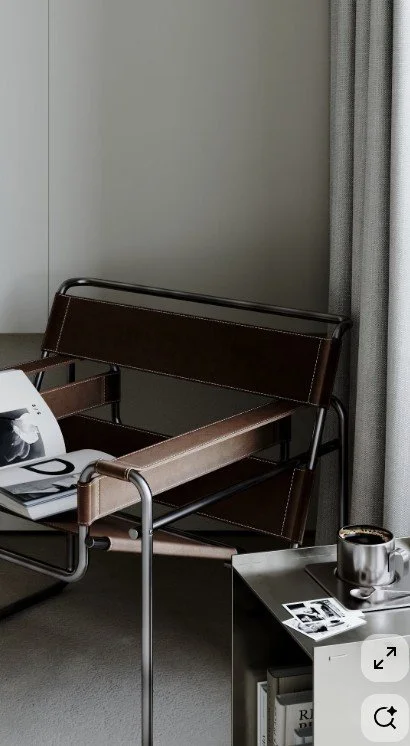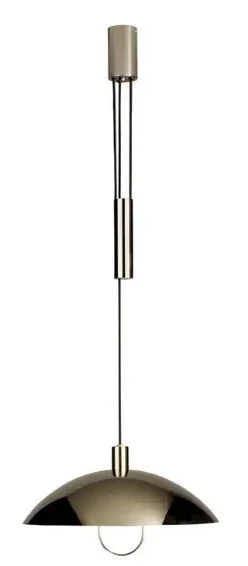Bauhaus: The School That Shaped Modern Society
By Pavlina Campbell:
As an Interior Designer in Cambridge, I often reflect on the movements that continue to shape the way we live, work, and create. Few schools of thought have had as profound an impact on modern life as the Bauhaus, founded in 1919 by architect Walter Gropius in Weimar, Germany. More than just an art school, Bauhaus was a radical experiment that fused art, craft, and technology into a new vision for society. Its philosophy still resonates today, guiding the work of every Contemporary Interior Designer and Modern Interior Designer who seeks clarity, functionality, and beauty in equal measure.
The Bauhaus Vision
The Bauhaus was born in the aftermath of World War I, when Europe was searching for renewal. Gropius envisioned a school where artists, architects, and craftsmen could collaborate to create a “total work of art” that served society. The guiding principle was simple yet revolutionary: form follows function. Ornament was stripped away, replaced by clean lines, geometric shapes, and honest materials.
This ethos gave rise to the famous phrase “less is more”, later championed by Ludwig Mies van der Rohe, one of the school’s most influential directors. It was not about austerity, but about clarity—design distilled to its essence, where every element had purpose.
Key Figures Who Defined Bauhaus:
Walter Gropius – The founder, who envisioned design as a unifying force.
László Moholy-Nagy – Innovator in photography, typography, and industrial design.
Paul Klee & Wassily Kandinsky – Masters of color theory and abstraction, shaping visual language.
Marcel Breuer – Creator of the iconic Wassily Chair, inspired by bicycle tubing, a symbol of modern furniture.
Marianne Brandt – A pioneering female designer, known for her sleek metalwork and lighting designs.
Mies van der Rohe – Advocate of minimalism, whose architectural vision defined modern skylines.
Bauhaus and Modern Furniture
Bauhaus furniture remains timeless because it embodies both functionality and elegance. Pieces like Breuer’s tubular steel chairs, Brandt’s geometric lamps, and Josef Albers’ modular furniture were designed for mass production yet retain an artisanal spirit.
Wassily Chair (1925) – Caption: “Marcel Breuer’s Wassily Chair: tubular steel and leather, a revolution in modern seating.”
Barcelona Chair (1929) – Caption: “Designed by Mies van der Rohe and Lilly Reich, the Barcelona Chair is a timeless icon of modern elegance.”
These designs are not relics of the past—they remain staples in contemporary interiors, bridging history and modern living.
Bauhaus-Inspired Lighting
Lighting was central to Bauhaus philosophy: functional, geometric, and stripped of ornament.
📸 Suggested Image Placement:
Marianne Brandt’s Pendant Lamp – Caption: “A Bauhaus classic: simplicity, geometry, and clarity of form.”
Contemporary Bauhaus-Inspired Pendant – Caption: “Modern reinterpretations keep the Bauhaus spirit alive in today’s interiors.”
Bauhaus in Today’s Interiors
For the Contemporary Interior Designer, Bauhaus offers more than aesthetic cues; it provides a framework for living. Its principles—simplicity, functionality, and harmony—are essential in creating interiors that feel both serene and purposeful. Whether in a Cambridge townhouse or a modern apartment, Bauhaus-inspired design ensures that spaces are not only beautiful but deeply human.
Why Bauhaus Still Matters
In a world saturated with excess, Bauhaus reminds us that less is more. Its influence is visible in everything from minimalist interiors to the smartphones in our hands. For designers today, it is both a heritage and a challenge: to create with intention, to honour materials, and to design for people, not trends.



